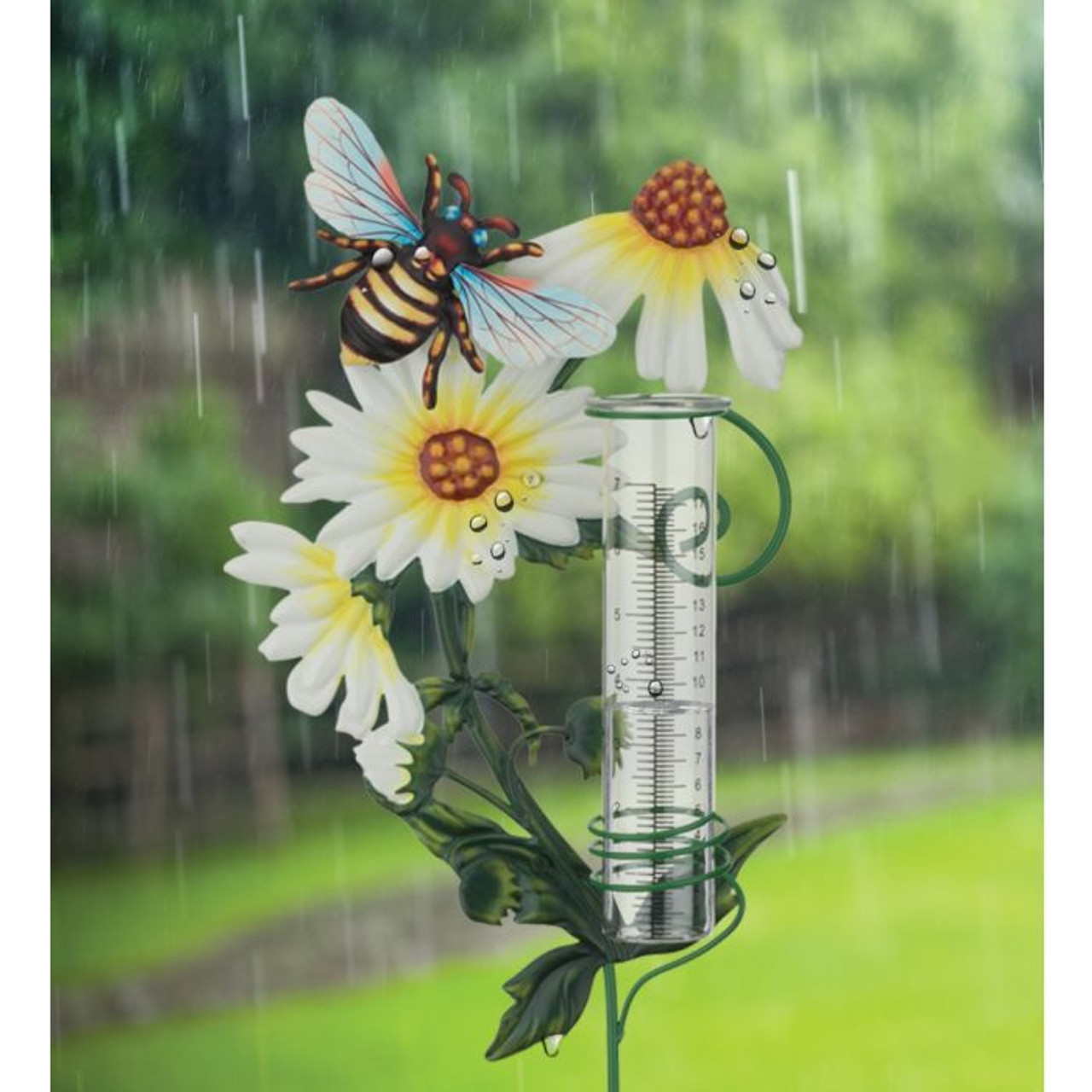Comprehending The Rain Gauge: Value, Kind, and Use Explained
Comprehending The Rain Gauge: Value, Kind, and Use Explained
Blog Article
Do It Yourself Rain Scale: Basic Steps to Make Your Own
Developing your very own Do it yourself rainfall gauge is a basic and reliable way to tape and gauge rainfall. With simply a couple of usual materials and some fundamental steps, you can quickly build your very own rain gauge at home. Let's get started on making your DIY rain gauge today!
Gather Materials
To start building your Do it yourself rain gauge, collect all the essential materials using a detailed list of products. Having the appropriate materials on hand will certainly make certain the successful production of your rainfall gauge and permit for accurate dimensions of rainfall. Gathering these materials in advance will simplify the construction procedure and make sure that you have whatever you require to develop your own DIY rain scale.
Prepare the Container

Mark the Dimension Increments
To properly determine the amount of rainfall, properly noting the measurement increments on your do it yourself rainfall gauge is important. Without clear and precise markings, it would be difficult to figure out the precise quantity of rainfall collected in your rainfall gauge. Right here are the steps to note the measurement increments on your rainfall gauge.
The most common systems for measuring rains are millimeters and inches. Once you have selected the unit, make use of an irreversible pen or water-proof paint to mark the increments on the side of your rainfall scale.
When marking the increments, it is crucial to make certain that they are evenly spaced and clearly noticeable. Make use of a ruler or measuring tape to make certain accuracy and consistency. In addition, make certain that the markings are resistant to fading or abrading, as exposure to the aspects might create them to wear away in time.
Location the Rain Scale Outdoors
The rainfall scale must be put outdoors to precisely gather rainfall information. The area picked for the rainfall gauge should be free and open from any kind of blockages that can potentially affect the measurement of rains. The Rain Gauge.
Furthermore, it is vital to position the rain scale on a secure surface area, such as a level ground Homepage or a sturdy post. This will certainly stop any type of movement or tilting of the scale, which might lead to inaccurate dimensions. It is likewise recommended to avoid positioning the gauge near any kind of resources of man-made water, such as sprinklers or water drainage systems, as this might disrupt the precision of the measurements.
Display and Record Rainfall Information
Regular tracking and recording of rainfall information is important for exact data evaluation and analysis. By keeping track of rains measurements, you can obtain important understandings into climate patterns, environment trends, and water source management. To properly keep track of and videotape rainfall information, it is necessary to develop a routine and preserve regular methods.
Firstly, make sure that your rainfall gauge is placed in an open location away from challenges this article such as trees or buildings that may block rains. Furthermore, make certain the rain gauge is degree and securely anchored to protect against any type of activity that could impact the precision of the dimensions.

When recording the rains data, it is very important to keep in mind the date and time of each dimension. Use a leader or a determining stick to figure out the rainfall depth in the rain gauge, and record this details accurately.
To guarantee the accuracy of the dimensions, it is advised to clear the rain gauge after each recording. This will certainly protect against any kind of overflow or evaporation from impacting subsequent dimensions.
Verdict
To conclude, creating a DIY rainfall gauge is a useful and simple means to keep an eye on and record rains data (The Rain Gauge). By following the actions outlined in this short article, you can conveniently collect materials, prepare the container, mark the dimension increments, and place the rainfall gauge outdoors. Regularly checking and taping rains data can offer beneficial information for various objectives
Having the best products on hand will make sure the successful development of your rainfall gauge and enable for exact dimensions of rainfall.To precisely gauge the amount of rainfall, properly see this website noting the measurement increments on your Do it yourself rain gauge is necessary.The rainfall gauge must be positioned outdoors to properly gather rains information. The location selected for the rainfall scale should be open and complimentary from any obstructions that can possibly affect the measurement of rainfall.In verdict, creating a DIY rain gauge is a useful and basic means to check and record rainfall data.
Report this page